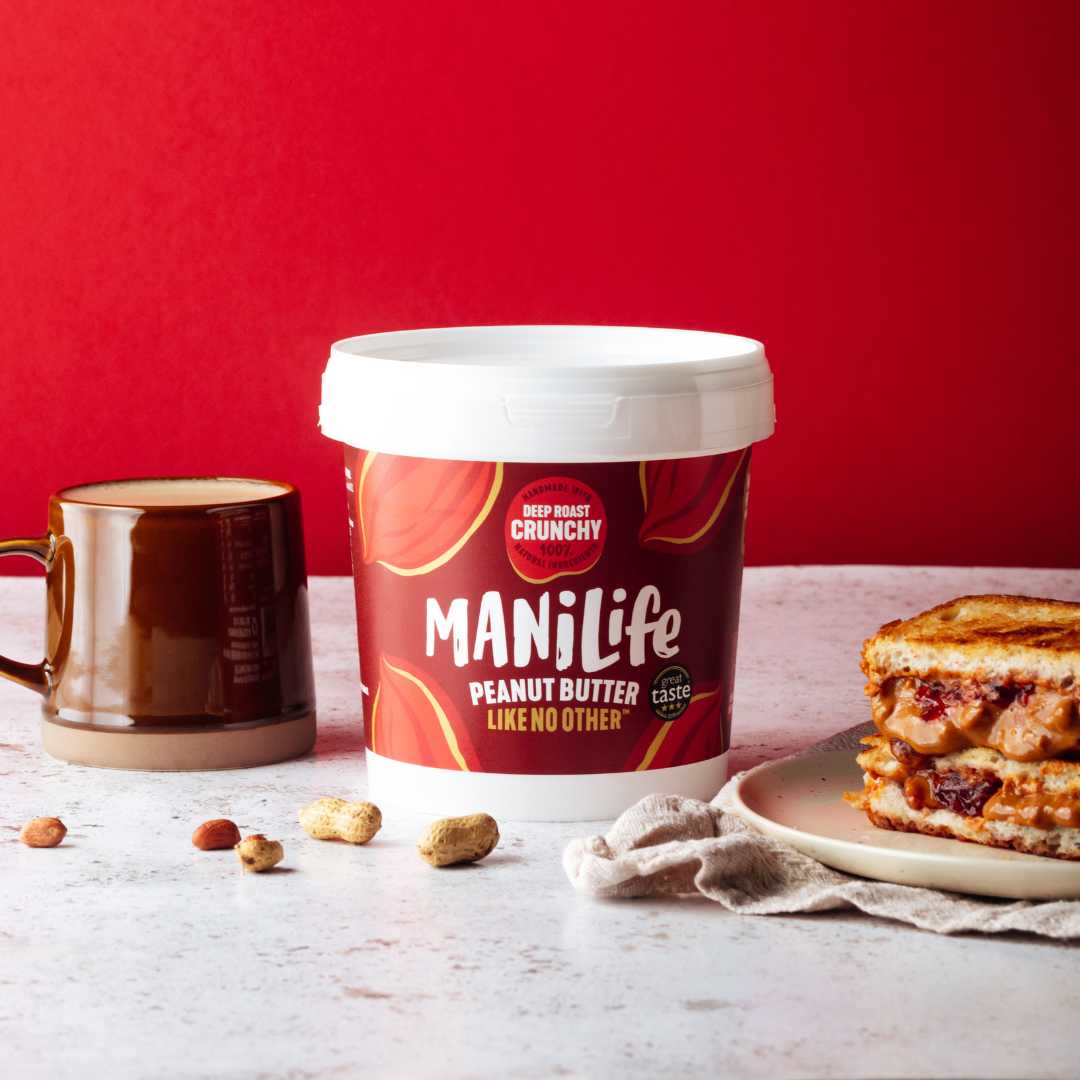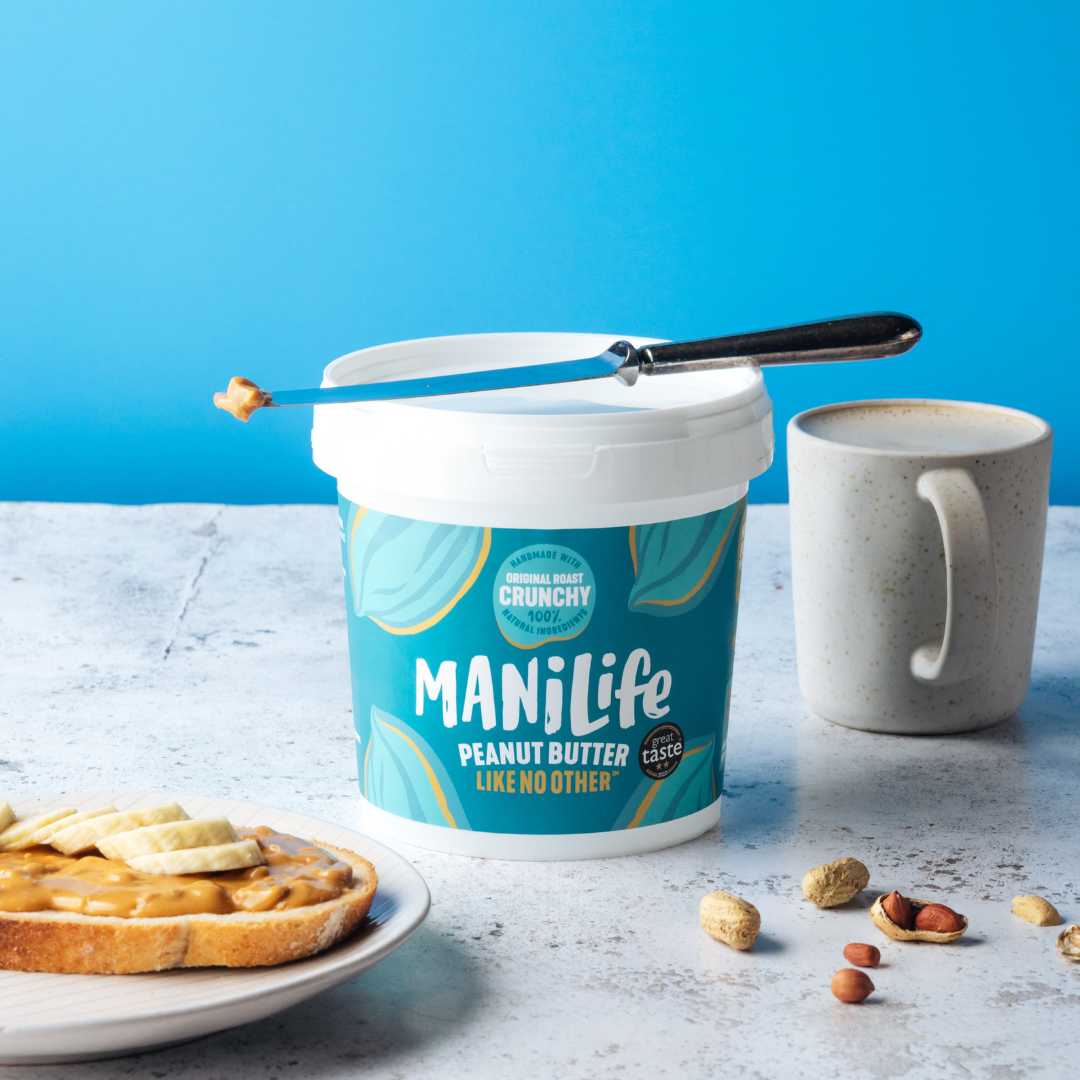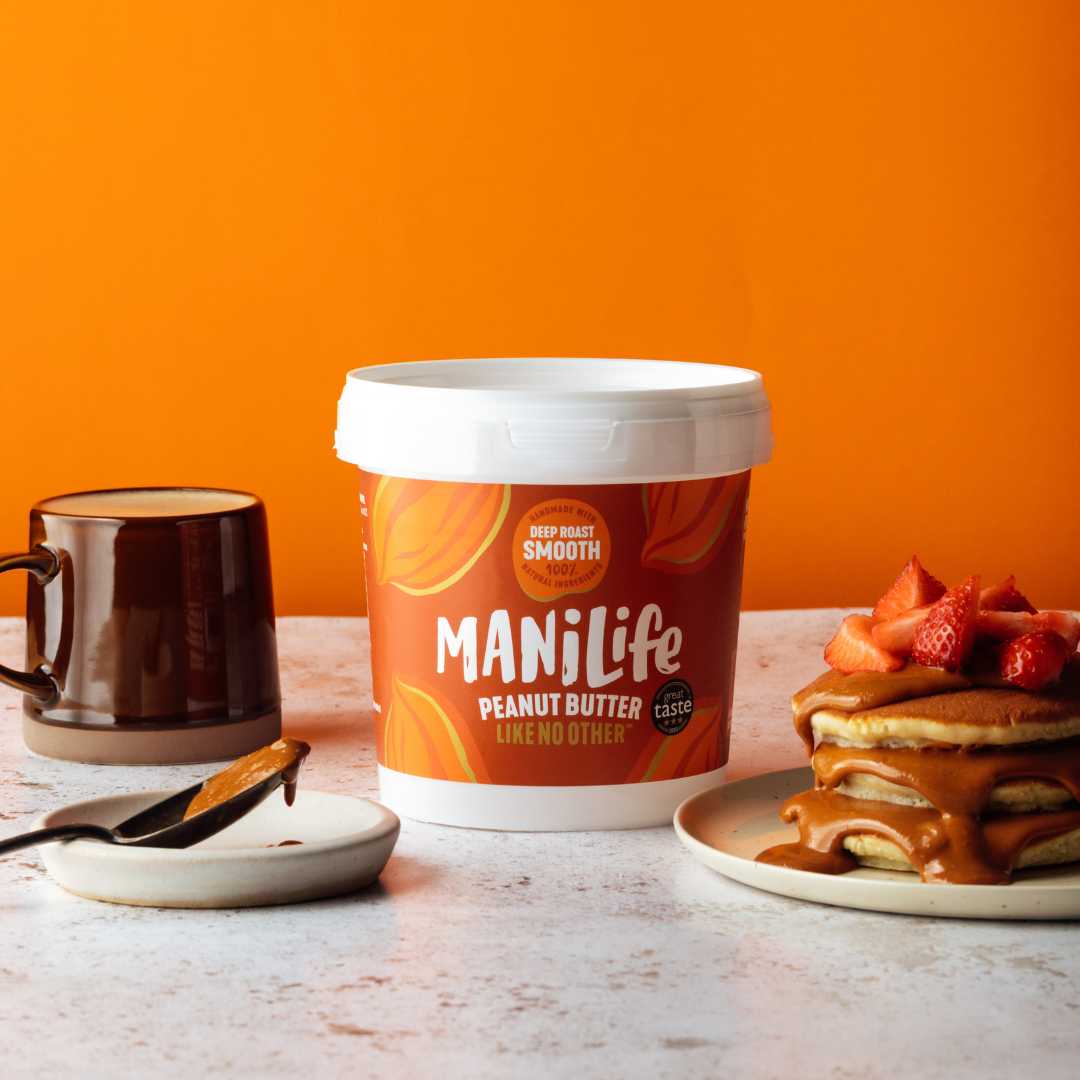The benefits of fats are plentiful and varied.
April 22, 2016

- Fat the Fuel – it’s a useful source of energy.
- Fat the Facilitator – it aids absorption of many vitamins and minerals into our bodies.
- Fat the Builder – it helps to build cell membranes and the sheaths surrounding nerves.
- Fat the…Everything else – it’s essential for blood clotting, muscle movement and inflammation.
So the truth is that we can’t live without fat. The only question is: what types of fat?
Well, not all of them. Some fats are better than others. Good fats are monounsaturated and polyunsaturated ones. Bad ones include man-made trans fats. Saturated fats fall somewhere in-between.
I’m not saying it’s a battle of good vs evil but let’s have a look at the ‘goodies and baddies’ anyway…
GOOD FATS
Good fats we’ll find in vegetables, nuts (our favourite!), seeds and fish. Their unique trait is that they are liquid at room temperature, and not solid (think peanut butter baby!)
There are two categories of those fats: monounsaturated and polyunsaturated fats.
Monounsaturated Fats
When you dunk your bread in olive oil, you’re getting mostly monounsaturated fat. Good sources of monounsaturated fats are olive oil, peanut oil, canola oil, avocados, most nuts, and high-oleic sunflower and safflower oils.
Interestingly, we’ve learned this from the Greeks. The discovery that monounsaturated fat could be beneficial to your health came from the Seven Countries Study during the 1960s. It basically revealed that people in the Mediterranean region enjoyed a low rate of heart disease despite a high-fat diet. However, the main fat in their diet came from olive oil, and not the saturated animal fat common in countries with higher rates of heart disease. This started a surge of interest in olive oil and the “Mediterranean diet” – a diet that is seen as a healthy choice to this day.
Polyunsaturated Fats
When you cook with oil, there’s a good chance you’re using polyunsaturated fat, as those fats are found in corn oil, sunflower oil and safflower oil, as an example.
Polyunsaturated fats are essential fats and there is a good reason why. They are used to build cell membranes and the covering of nerves. They are needed for blood clotting, muscle movement and inflammation. Basically, your body can’t function without those fats, but it can’t produce them either. Which is why you must get them from food.
There are two main types of polyunsaturated fats: omega-3 fatty acids and omega-6 fatty acids. Both types offer huge health benefits.
- OMEGA-3
Omega-3 fatty acids are your heart and blood vessels best friend – they may help prevent and even treat heart disease and stroke. Not only they reduce blood pressure, increase HDL and lower triglycerides, those healthy fats may additionally help prevent deadly heart rhythms from occurring! There are even claims that they help reduce the need for corticosteroid medications in treatment of rheumatoid arthritis.
Fatty fish – salmon, sardines, mackerel – are an excellent source of Omega-3 fatty acids. What else? Well, walnuts, flaxseeds, canola oil and non-hydrogenated soybean oil are not too shabby when it comes to Omega-3 either.
- OMEGA-6
Omega-6 fatty acids are also said to protect against heart disease. Linoleic acid and other omega-6 fatty acids can be found in vegetable oils such as sunflower, safflower, soybean, walnut and corn oils.
Although there’s no recommended daily intake of either of these beneficial fats, you should probably try and replace saturated and trans fats with monounsaturated and with polyunsaturated fat whenever you can.
IN-BETWEEN FATS
In our culture, we eat saturated fats A LOT. How to recognise them? They are solid at room temperature – (think cooled meat grease or cheese…).
If your diet is too rich in saturated fats, it can drive up your levels of cholesterol. That can lead to production of more harmful LDL cholesterol, which block your arteries and a whole heap of problems! For that reason, it is recommended to stay under 11% of calories a day from saturated fat.
This is where it gets really bad.
BAD FATS
The worst type of fat is known as trans fat. It is a byproduct of a process called hydrogenation – heating vegetable oil in the presence of hydrogen and a heavy-metal catalyst such as palladium, which turns oils into solids. If it’s as bad as it sounds why do we do it? It prevents them from becoming rancid and therefore extends a shelf life of food products. When you read ingredient lists on food labels, this manufactured substance is typically listed as “partially hydrogenated oil.”
In the beginning, trans fats made appearance mainly in solid margarines and vegetable shortening. As we learned new ways to use this form of oil, food makers widened its use and started adding it to nearly everything – from cookies and pastries to fast-food French fries!
The problem with it is that even a small amount of trans fats in your diet can have a harmful effect on your health. Research from the Harvard School of Public Health states trans fats can affect your health, even at miniscule quantities: for every 2% of calories from trans fat consumed daily, the risk of heart disease rises by 23%.
The potential damage that trans fats can cause is quite scary. When you consume it, you expose your body to risk of increasing the amount of harmful LDL cholesterol in the bloodstream while reducing the amount of beneficial HDL cholesterol. What’s more, trans fats are known to create inflammation – a cause of heart disease, stroke, diabetes as well as other chronic conditions!
The bottom line is that trans fats have absolutely no known health benefits and there is no known safe level of consumption. Our advice – just say no to trans fats!
What we eat matters, we know that now. And we also know that fats are essential to our well-being – it is just important to know which fats are the right kind and what foods provide them. Check out our recipe page [link] for inspiration – we post recipes every week, and you can trust us when we say there is only goodness in them!
And now – over to you!
P.S. Just so you know the fat in our peanut butter sticks around: 81% mono-unsaturated, 5% poly-unsaturated, 14% saturated 0% trans. Boom.



















